Playing dead is more than just a clever trick—it’s a sophisticated survival strategy employed by various creatures across the animal kingdom. This phenomenon, known scientifically as thanatosis or death feigning, serves as a remarkable testament to the ingenuity of evolutionary adaptations. From tiny insects to larger vertebrates, numerous species have independently evolved this deceptive behavior to outsmart predators, attract mates, or gain other survival advantages. Let’s explore the fascinating world of animals that have mastered the art of playing possum and discover why this peculiar behavior has proven so effective throughout evolutionary history.
The Science Behind Death-Feigning
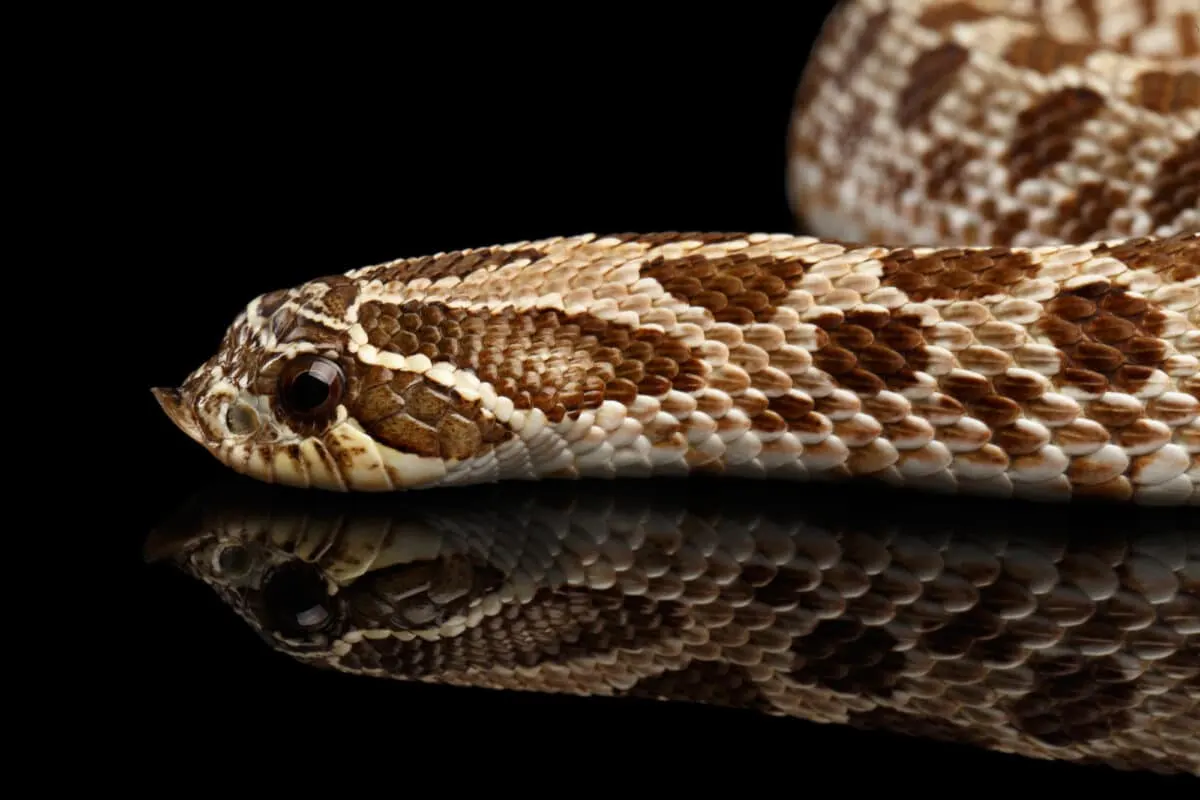
Thanatosis, or death feigning, represents a form of tonic immobility where animals enter a temporary state of paralysis. This behavior triggers specific physiological changes, including slowed breathing, reduced heart rate, and muscle rigidity. From an evolutionary perspective, this adaptation has developed independently across multiple animal lineages, suggesting its effectiveness as a survival strategy. When a predator encounters what appears to be a dead animal, several factors come into play: many predators prefer fresh kills over carrion, some lose interest when prey stops moving, and others may momentarily release their grip, creating an escape opportunity. The seemingly simple act of playing dead involves complex neurological processes and has been fine-tuned by natural selection over millions of years.
The Iconic Opossum’s Perfect Performance

No discussion about animals playing dead would be complete without highlighting the Virginia opossum (Didelphis virginiana), the poster child for thanatosis. When threatened, these marsupials don’t consciously decide to play dead—they experience an involuntary, comatose-like state that can last from several minutes to several hours. During this time, their bodies become limp, their breathing slows dramatically, their lips pull back in a grimace, and they even emit a foul-smelling greenish fluid from their anal glands that mimics the smell of decomposition. This performance is so convincing that predators typically abandon what they perceive as a rotting carcass. Perhaps most remarkably, the opossum remains aware of its surroundings during this state, waiting for the right moment to “revive” and escape once danger has passed. This elaborate physiological response helps explain why opossums have survived relatively unchanged for millions of years.
Hognose Snakes: The Dramatic Performers

Hognose snakes, particularly the Eastern hognose (Heterodon platirhinos), take death-feigning to theatrical extremes. When initial defense mechanisms like flattening their necks and hissing fail to deter a threat, these remarkable reptiles execute an elaborate death performance. They’ll writhe dramatically, turn belly-up, open their mouths, hang their tongues out, and even defecate and emit a musky odor to enhance the illusion of decomposition. To complete the performance, they remain completely still, even when physically manipulated. If a persistent observer turns a “dead” hognose snake right-side up, the snake will immediately flip back onto its back—dead animals don’t correct their positioning, after all! This behavior can continue for minutes or even hours until the snake determines it’s safe to “resurrect.” Unlike the involuntary response seen in opossums, hognose snakes appear to have more control over their death-feigning behavior, making their performances all the more remarkable.
Beetles and Their Remarkable Rigidity

Many beetle species have perfected thanatosis to an exceptional degree. The click beetle (family Elateridae) becomes completely rigid when threatened, tucking its legs tightly against its body and remaining motionless for extended periods. Similarly, certain species of darkling beetles and weevils adopt death-feigning postures so convincing that they can be picked up, moved around, and even subjected to mild stimuli without breaking character. What makes beetles particularly adept at this strategy is their already armored exoskeleton, which, when combined with absolute stillness, creates an uninviting prospect for predators. Research has shown that beetle species facing higher predation pressures tend to exhibit longer and more convincing death-feigning behaviors. Furthermore, studies suggest individual beetles can “learn” to improve their death-feigning duration based on previous experiences with predators, indicating a surprising level of behavioral plasticity in these seemingly simple organisms.
Fire-Bellied Toads’ Chemical Defense
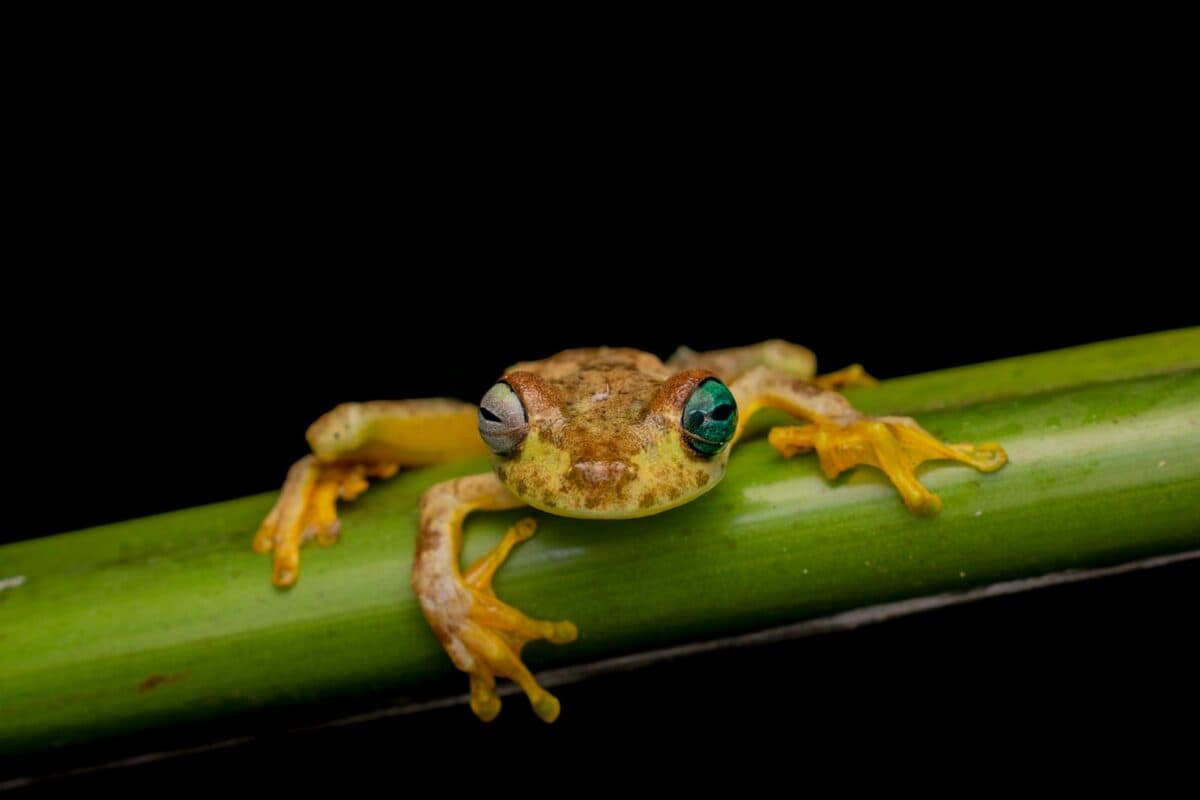
Fire-bellied toads (genus Bombina) employ a multi-faceted defense strategy that combines thanatosis with chemical warfare. When threatened, these amphibians flip onto their backs, revealing their brightly colored orange or red bellies—a warning coloration that advertises their toxicity. They simultaneously enter a rigid, death-like state with limbs stiffly extended upward in what’s known as the “unken reflex.” During this immobile state, glands in their skin secrete powerful toxins that can irritate or even poison would-be predators. This combination of playing dead while displaying warning colors and secreting toxins represents an evolutionary marvel—predators learn to associate the distinctive belly pattern with an unpleasant experience, creating an effective deterrent. Research has demonstrated that fire-bellied toads modulate their response based on the perceived threat level, with more dangerous predators triggering longer periods of thanatosis and increased toxin secretion.
The Cunning Strategy of Cichlid Fish
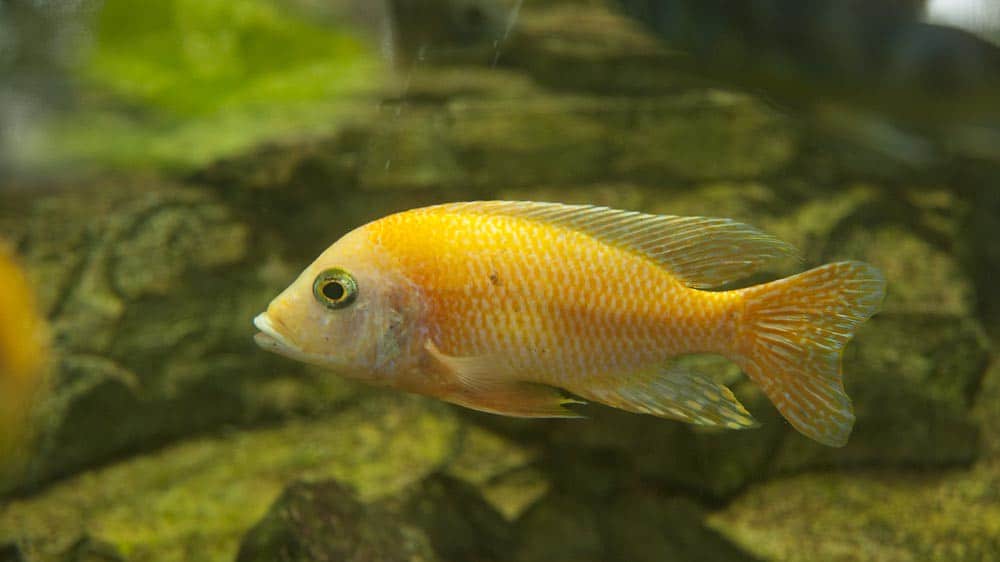
Thanatosis isn’t limited to land animals. Certain cichlid fish species, particularly those in the genus Paracyprichromis from Lake Tanganyika, have evolved a remarkable aquatic version of playing dead. When pursued by predators, these fish suddenly cease swimming, turn on their sides or upside down, and drift motionlessly in the water column, perfectly mimicking the appearance of a dead fish. This behavior exploits the preference of many piscivorous predators for live prey over dead fish. Additionally, the erratic movements that typically precede the death-feigning behavior often serve to disorient pursuers. Studies in laboratory settings have revealed that individual cichlids can adjust their thanatosis duration based on the persistence of the predator, showing cognitive flexibility. Some cichlid species combine death-feigning with a rapid color change, further enhancing the illusion of a decomposing fish body. This sophisticated behavioral adaptation demonstrates how evolutionary pressures can produce complex responses even in supposedly “simpler” vertebrates.
Death-Feigning for Reproduction
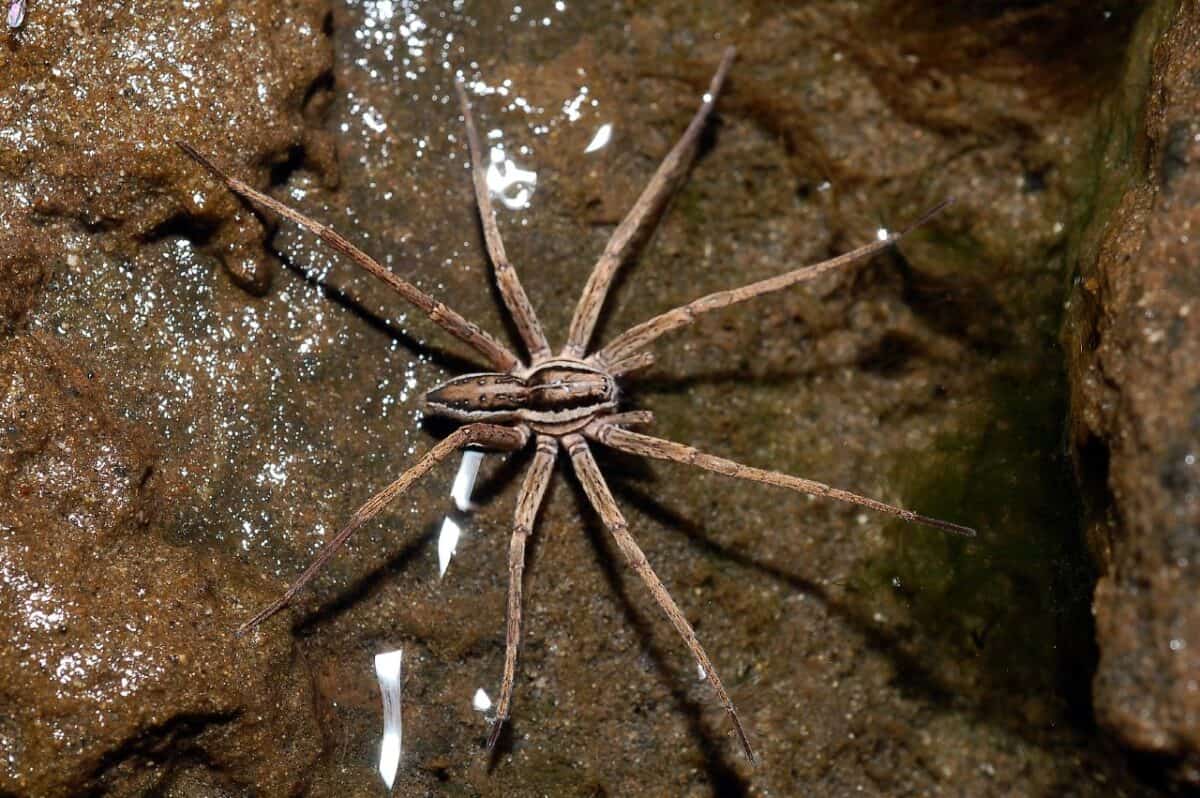
While most animals employ thanatosis as a defense mechanism, some species have repurposed this behavior for reproductive advantage. The male nursery web spider (Pisaura mirabilis) presents one of the most fascinating examples of this alternative use. During courtship, the male offers a silk-wrapped “nuptial gift” to the female, typically a prey item. While she’s distracted examining or consuming this offering, the male will suddenly collapse into a death-like state. This dramatic feigning appears to reduce the female’s aggression and cannibalistic tendencies, allowing the male to mate more safely. Research has demonstrated that males who perform this “playing dead” routine achieve significantly higher mating success and survival rates than those who don’t. Similarly, certain mantis species and scorpionflies utilize thanatosis during mating interactions to reduce the risk of becoming a post-coital meal. These examples illustrate how a behavior initially evolved for predator avoidance can be adaptively repurposed for entirely different survival advantages.
The Pygmy Grasshopper’s Calculated Risk
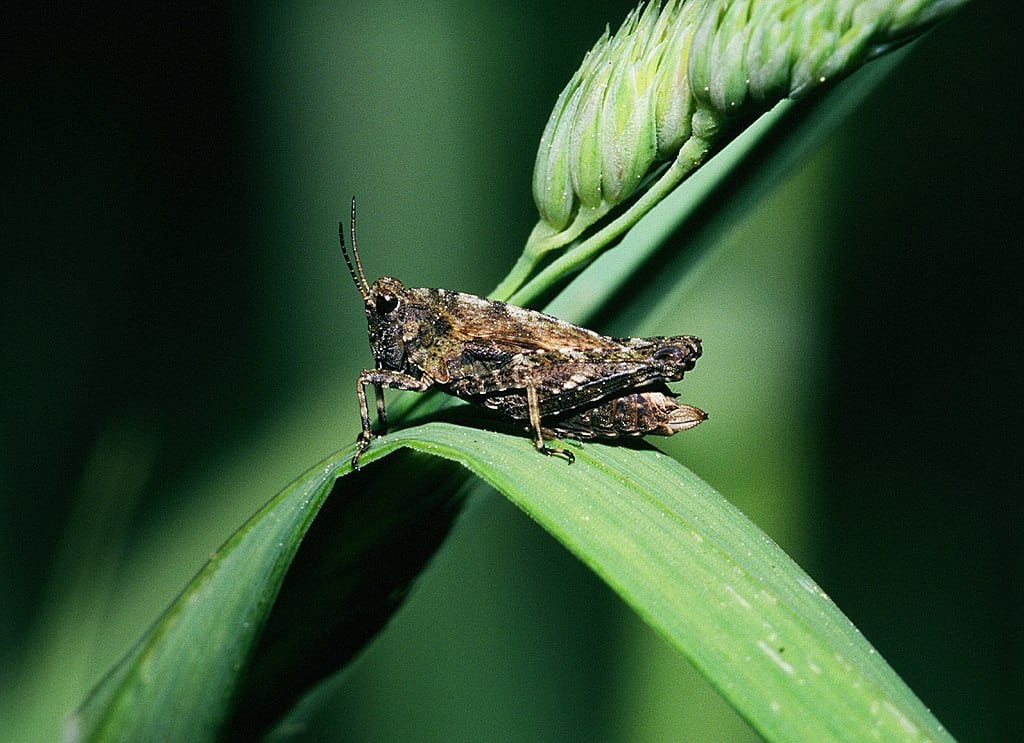
Pygmy grasshoppers (family Tetrigidae) employ death-feigning with a sophisticated risk assessment system. When confronted by a predator, these insects make split-second calculations based on multiple environmental factors. Research has shown that they’re more likely to play dead when on dark soil (where their camouflage is more effective) than on light soil. Similarly, they adjust their thanatosis duration based on their distance from protective cover—the closer they are to safety, the shorter their death-feigning episodes. These grasshoppers also appear to assess predator type, responding differently to visual hunters versus scent-tracking predators. Perhaps most remarkably, studies have documented individual variation in death-feigning propensity among grasshoppers within the same population, suggesting genetic differences in this behavioral trait. This variation likely represents an evolutionary balancing act, as death-feigning carries both benefits (predator avoidance) and costs (lost feeding and mating opportunities), with different strategies proving advantageous under different conditions.
Frogs and Their Frozen Fear Response

Several frog species, including the South American red-spotted burrowing frog (Leptodactylus laticeps) and certain poison dart frogs, utilize thanatosis as part of their defensive repertoire. When physical escape isn’t viable, these amphibians enter a rigid, immobile state with limbs splayed out awkwardly. This behavior is particularly effective against predators that rely on movement to detect prey. For poison dart frogs, death-feigning serves a dual purpose—it makes them appear non-threatening while giving potential predators time to notice their bright aposematic (warning) coloration. Neurological studies have revealed that this response involves specific brain circuits that temporarily override the normal flight response. Interestingly, frog thanatosis appears to be modulated by environmental conditions; research shows that frogs are more likely to employ death-feigning in confined spaces where escape jumping would be ineffective. This context-dependent behavioral flexibility demonstrates sophisticated decision-making processes in amphibian brains that were previously underappreciated.
The Blue-Tailed Skink’s Detachable Deception
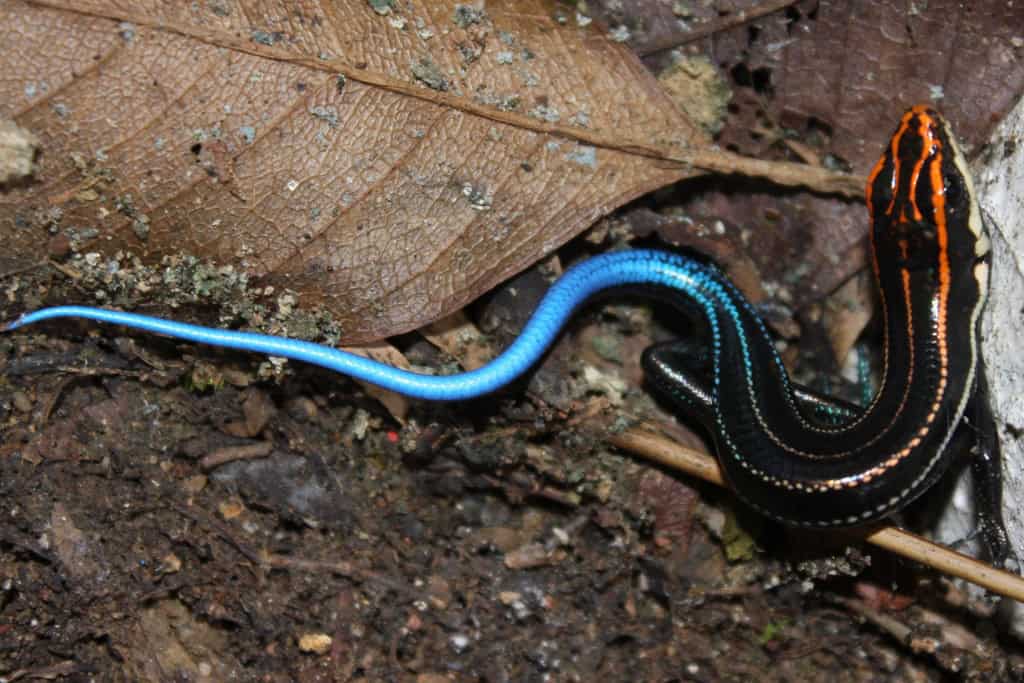
The blue-tailed skink (Plestiodon fasciatus) combines thanatosis with another remarkable defense mechanism: caudal autotomy, or tail detachment. When captured, juvenile blue-tailed skinks—recognizable by their vibrant blue tails—often go limp and motionless, mimicking death. Simultaneously, their detached tail continues to wriggle vigorously, creating a distracting decoy that draws the predator’s attention. This two-pronged strategy creates a critical moment of confusion during which the skink can escape. As these lizards mature, they typically lose both their blue tail coloration and their propensity for death-feigning, suggesting this behavior is specifically adapted for the vulnerability of youth. Research comparing predation rates between juvenile and adult skinks supports this theory, showing that thanatosis combined with tail autotomy significantly increases survival chances for younger individuals. This age-specific defensive strategy demonstrates how natural selection can fine-tune behaviors to address life-stage-specific challenges.
Duck Behavioral Responses to Extreme Threats

Though less commonly observed than in other species, certain duck species exhibit thanatosis when faced with extreme danger. Mallards and wood ducks have been documented entering a catatonic state when captured by predators or handled by humans. This response appears to represent a last-resort defense mechanism when flight has failed and physical struggle would be futile. During this state, the birds become completely limp, with slowed heart rates and minimal breathing—sometimes continuing for 20 minutes or more. Researchers hypothesize this behavior evolved as a response to mammalian predators that might temporarily release prey that appears dead, creating a narrow escape window. Interestingly, studies show significant variation in death-feigning tendency between different duck populations, with birds in predator-rich environments exhibiting stronger and longer thanatosis responses. This geographic variation in behavior provides a compelling glimpse into evolutionary adaptation in progress, as natural selection shapes behavioral responses based on local predation pressures.
Evolutionary Trade-offs of Playing Dead

While thanatosis offers clear survival benefits, it comes with significant biological costs that create evolutionary trade-offs. During death-feigning episodes, animals forfeit opportunities to feed, mate, or care for offspring. For cold-blooded animals like reptiles and amphibians, prolonged immobility can result in dangerous body temperature changes. Additionally, some predators have evolved counter-adaptations, learning to recognize and wait out death-feigning behavior. Research across multiple species has revealed fascinating patterns in how these trade-offs shape the evolution of thanatosis. Animals with alternative defense mechanisms (speed, armor, toxicity) typically exhibit shorter death-feigning durations than more vulnerable species. Similarly, animals with higher metabolic demands generally cannot afford extended immobility periods. The frequency and duration of thanatosis also fluctuates seasonally in many species, becoming less common during breeding seasons when reproductive opportunities outweigh predator avoidance benefits. These complex balancing acts demonstrate how natural selection continuously fine-tunes behaviors to maximize survival and reproductive success under varying conditions.
The Fascinating Future of Death-Feigning Research

The study of thanatosis continues to yield surprising insights into animal behavior, neurobiology, and evolution. Recent research using advanced imaging techniques has begun mapping the specific neural circuits responsible for death-feigning responses, revealing unexpected similarities across distantly related species. This suggests the behavior may have deeper evolutionary roots than previously thought. Ecological studies are increasingly examining how human-induced environmental changes affect death-feigning behaviors, with preliminary evidence indicating that habitat fragmentation and increased predator densities may be selecting for stronger thanatosis responses in certain populations. Conservation implications are also emerging, as researchers discover that animals with strong death-feigning tendencies may be particularly vulnerable to human activities like roadway construction and agricultural machinery. Looking ahead, the field is moving toward understanding thanatosis as part of a complex decision-making process rather than a simple reflex. As we continue to unravel the mysteries of this remarkable behavior, we gain not only scientific knowledge but also a deeper appreciation for the sophisticated survival strategies that have evolved throughout the animal kingdom.
- 10 Times Lightning Strikes Changed History - August 13, 2025
- Why Sloths Spend Most of Their Lives Hanging Upside Down - August 13, 2025
- Meet the World’s Largest Wolf Ever Recorded – Its Size is Unreal! - August 13, 2025

